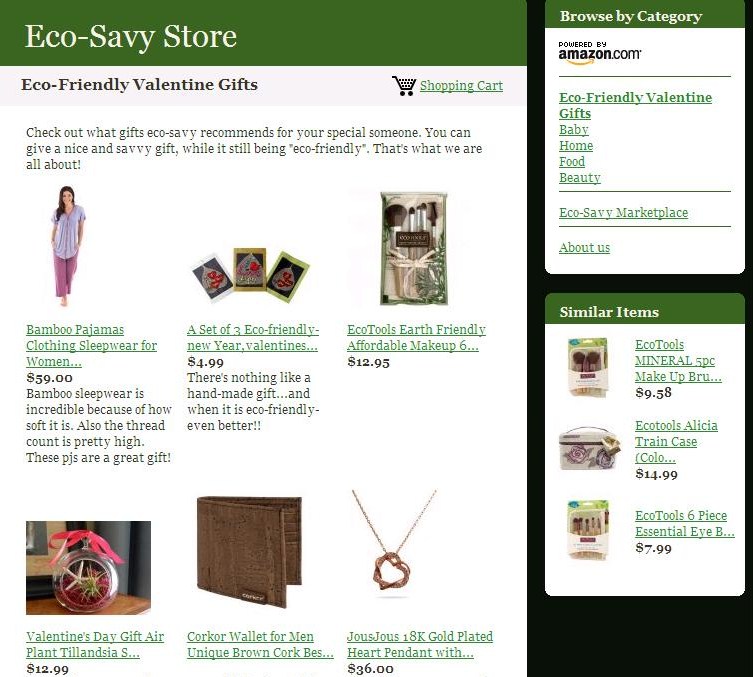When you think about the fact that: (1) toxic chemicals in household cleaners are three times more likely to cause cancer than outdoor air, and that (2) the Asthma Society of Canada identified common household cleaners and cosmetics as triggers to asthma, you start to wonder what alternative options you have.
Companies constantly trying to brain-wash us into thinking we need to use 10 different products to make our house clean…but really, they just make more and more money with every new product. Despite the continuing media hype, cleaning a home doesn’t require specialized and expensive ingredients. The best thing to do is to clear everything out of your cupboards, and try to find healthier alternatives.

2) Lemon Juice 3) Baking Soda and/or 4) Borax diluted with water (to make a liquid or paste) (5) water (6) squirt bottle (7) liquid soap
Here is a way to incorporate all of the Ingredients:
1 2/3 cups baking soda (or borax)
1/2 cup liquid soap
1/2 cup water
3 tablespoons white vinegar
1 clean 16-ounce squirt bottle with closing cap
1. Mix baking soda and liquid soap in a bowl. Dilute with water and add the vinegar. Stir the mixture with a fork until any lumps have been dissolved. Pour the liquid into the bottle. Shake well before using.
2. Squirt on area to be cleaned. Scrub with a nylon-backed sponge. Rinse off with water. Keep cap on between uses.
Need ideas of what to clean vinegar with? Click here (1001 uses).




